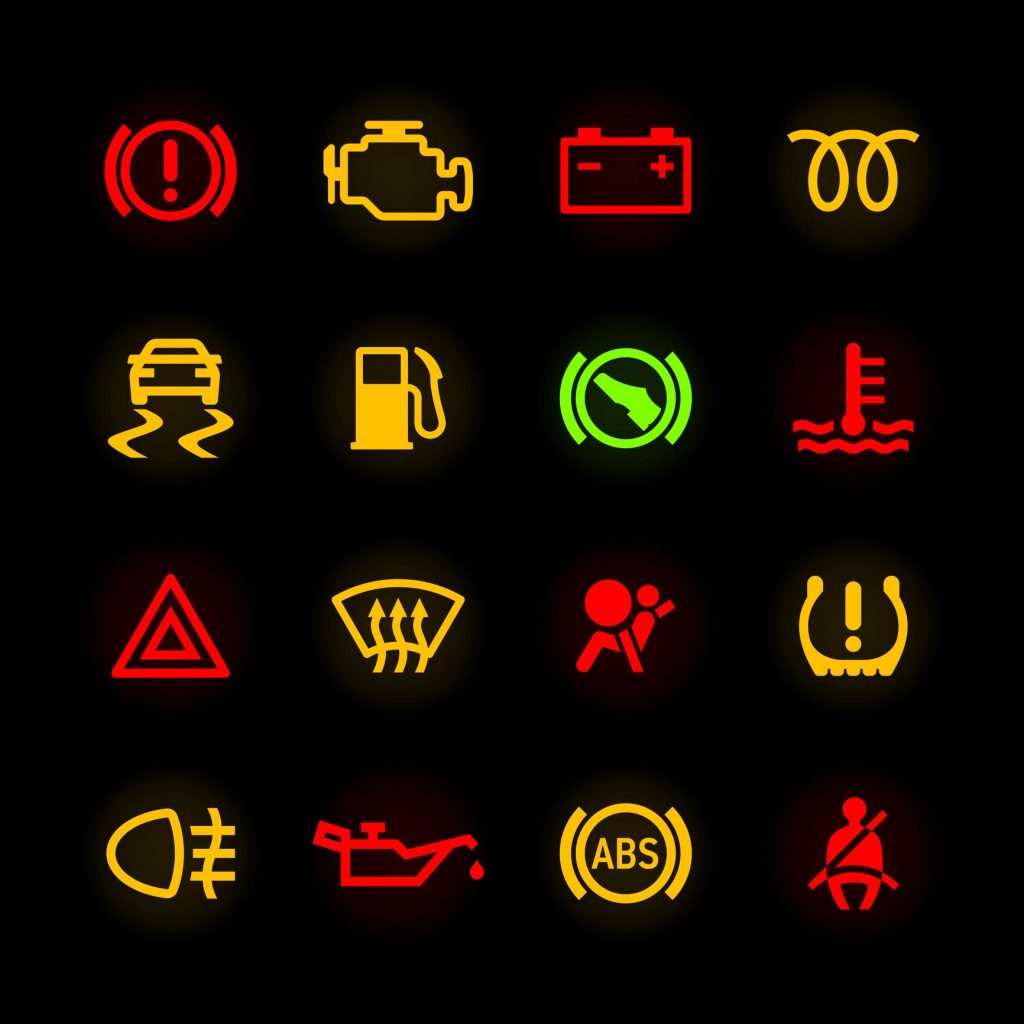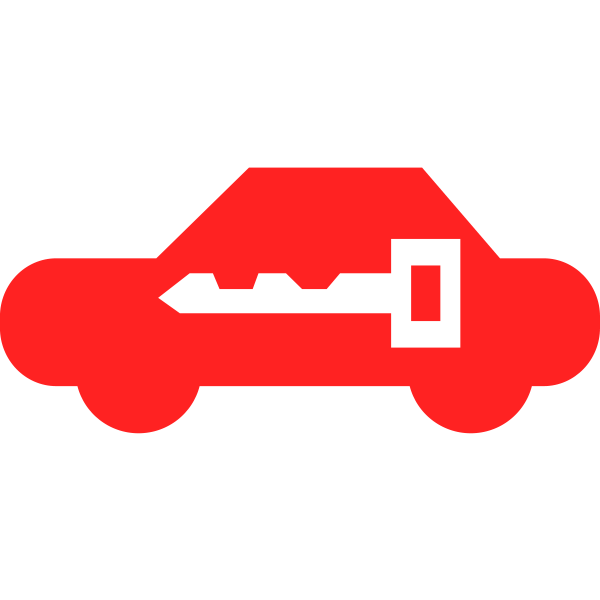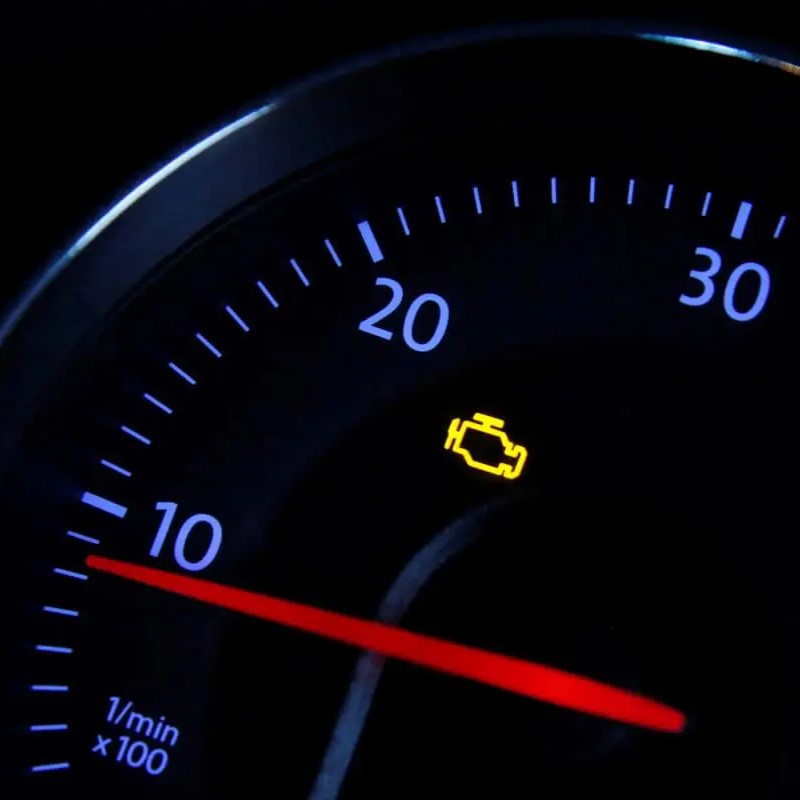Introduction to Dashboard Warning Lights
Understanding the various dashboard warning lights in your vehicle is crucial for safe driving. These symbols alert you to potential issues ranging from minor to serious ones. By recognizing what each light represents, you can take timely action to ensure your safety and the proper functioning of your car.
Importance of Dashboard Icons
Dashboard icons serve as immediate indicators of your vehicle’s status. When a light turns on, it’s the car’s way of communicating a specific problem or function to the driver. Pay close attention to these icons to avoid potential hazards and keep your car in optimal condition.
Color Coding of Warning Lights
Warning lights on your dashboard follow a color-coded system similar to a traffic signal. Red is for urgent issues needing immediate attention, orange or amber suggests caution and indicates that something needs checking soon, and green shows that a system is functional or activated. Recognizing these colors will help you determine the urgency of the alert.
Understanding the Exclamation Mark Light
Significance of the Exclamation Mark in Your Car
When a light shaped like an exclamation mark lights up on your dashboard, it’s time to take notice. This symbol acts as a general alert, signaling that something requires your attention. Depending on context, it could indicate a range of issues. Its appearance beckons a closer look into the vehicle’s manual or immediate action, depending on what it’s pointing towards.
Common Triggers of the Exclamation Mark Warning
Several situations can trigger the exclamation mark light. One frequent cause is the brake system warning, where it suggests a possible fault with your car’s brakes. It may also illuminate when the tire pressure is below what’s needed for safe driving. In some cars, this light could mean there is an issue with the engine, or a reminder of service needs. Always check the car manual and inspect the car for clear signs of trouble. If uncertain, seek professional assistance right away. It’s better to err on the side of caution to avoid potential danger or damage.
Brake Warning Light
When you spot a warning light shaped like a circle with an exclamation mark inside, it’s time to act.
Recognizing the Brake System Alert
This symbol signifies trouble with your vehicle’s braking system. It could mean anything from low brake fluid to worn brake pads.
Actions to Take When the Brake Light Appears
Stop driving and check your brake fluid immediately. If the issue isn’t clear, visit a mechanic right away. It’s vital to ensure your brakes are working properly for your safety.

Tire Pressure Monitoring
Proper tire pressure is important for safe driving.
Interpreting the Tire Pressure Warning
A light resembling a tire with an exclamation mark warns of tire pressure issues. It generally means one or more tires are significantly underinflated and require attention.
Steps for Addressing Low Tire Pressure
Firstly, stop at a gas station and use a tire gauge to check each tire’s pressure. Inflate tires to the manufacturer’s recommended levels, typically found on a sticker inside the driver’s door or in the manual. Next, reset the tire pressure monitor if needed; your car manual should guide you on how to do this. If the light persists, have a professional inspect the tires for leaks or damage.
Engine Issues and Alerts
Navigating engine warning lights is crucial as they signal potential engine problems.
Identifying Engine Management Light Signals
The engine management light, often referred to as the ‘check engine’ light, may activate for multiple reasons.
- A loose gas cap can trigger it.
- It may signal a malfunction in your vehicle’s emissions system.
- Sensor issues, like a faulty oxygen sensor, can cause the light to come on.
- This light sometimes indicates more severe problems with the engine’s performance.
Responding to Engine Warning Advisories
When the ‘check engine’ light illuminates, quick action is needed.
- Pull over safely and check your gas cap first.
- If the issue isn’t immediately apparent, avoid long drives.
- Visit a mechanic soon to prevent potential engine damage.
- Addressing engine warnings promptly helps maintain vehicle safety and longevity.
Vehicle Safety Features
Modern vehicles are equipped with a variety of safety features to protect passengers during unexpected situations. Two critical components of these safety features are the airbag system and the power steering mechanism. Understanding when these systems indicate a problem through the dashboard warning lights is essential for maintaining vehicle safety.
The Role of the Airbag System Indicator
The airbag system indicator, denoted by a symbol resembling a person with a circle in front, is a crucial safety feature. When this light is on, it suggests a malfunction in the airbag system. This malfunction could prevent airbags from deploying during a crash or cause them to deploy unexpectedly. It’s vital to address airbag system warnings immediately to ensure that the system functions correctly in the event of an accident.
Importance of the Power Steering Warning
The power steering warning light, often displayed as a steering wheel icon next to an exclamation mark, alerts drivers to issues within the power steering system. Power steering facilitates easier handling of the car, making it crucial for driver control. Whether your car uses hydraulic or electric power steering, if the light is on, steering could become difficult, especially at lower speeds. Prompt attention to power steering alerts helps avoid strenuous driving and maintains maneuverability.

Maintenance Indicators
Maintaining your car is key to avoiding sudden breakdowns and ensuring safety. Some dashboard lights specifically alert you about maintenance needs. They signal issues that could damage your car if ignored. Let’s explore two such indicators — the engine temperature warning light and the diesel particulate filter light.
The Engine Temperature Warning Light
This light looks like a thermometer submerged in liquid. It comes on when your car’s engine gets too hot. Common causes include low coolant levels or a malfunctioning cooling system. If you see this light:
- Pull over safely as soon as possible.
- Let the engine cool down before you check anything.
- Do not open the radiator cap when the engine is hot.
- When safe, check the coolant level and refill if necessary.
- If the light stays on or overheating persists, seek professional help immediately.
Encountering the Diesel Particulate Filter Light
Cars with diesel engines have a filter light that looks like a smoke cloud. This light toggles on when there is a blockage in the filter. Here’s what to do:
- Don’t ignore this light; it indicates the filter needs attention.
- A long, high-speed drive might clean it through a process called regeneration.
- If the light remains or comes back quickly, the filter may need a manual clean or replacement.
- Consult your car’s handbook or a professional for help.
- This maintenance is crucial to prevent costly damage and maintain your car’s performance.
Taking prompt action when maintenance indicators light up can save you time and money in the long run. Keep your car running smoothly by heeding these helpful warnings.
Critical Systems and Their Indicators
Understanding the critical systems of your car is vital for your vehicle’s longevity and your safety.
The Battery Charge Warning Light
The battery charge warning light looks like a car battery. It means your car’s battery is not properly charging. Reasons could include a bad alternator or faulty battery. If this light turns on, try to reach a service center quickly. Avoid using electrical accessories like the radio to save power. It’s key to fix battery issues fast to prevent a breakdown.
The Significance of the Anti-Lock Brake System Light
The ABS light is shaped like a circle with the letters ‘ABS’ inside. If lit, your car’s anti-lock braking system may have a problem. Though regular brakes should work, ABS issues can affect control during sudden stops. If this light stays on, get your car checked soon. It ensures you keep good braking ability, crucial for safe driving.

Conclusion
Concluding, it’s vital for drivers to understand their dashboard warning lights.
Summarizing Warning Light Indicators and Remedies
Each light on your car’s dashboard plays a critical role in vehicle maintenance and safety:
- The exclamation mark symbol can mean various things, such as a brake issue or low tire pressure. Check your manual or seek immediate help.
- The brake warning signifies possible brake system issues. Stop and check fluids or consult a mechanic.
- A tire icon with an exclamation mark warns of low tire pressure. Inflate tires to appropriate levels and check for leaks.
- The ‘check engine’ light necessitates immediate attention and a visit to a mechanic.
- Airbag and power steering indicators highlight safety feature failures; professional assistance is often needed.
- An engine temperature symbol guides you to stop driving, let the engine cool, and verify coolant levels.
- A diesel particulate filter light may require an extended high-speed drive or professional cleaning.
- A battery symbol suggests charging malfunctions, possibly needing quick servicing without using other electrical features.
- The ABS light indicates anti-lock braking system issues and should prompt a car check-up for braking efficiency.
Understanding these lights and taking swift actions can prevent further damage and ensure your safety on the road.





